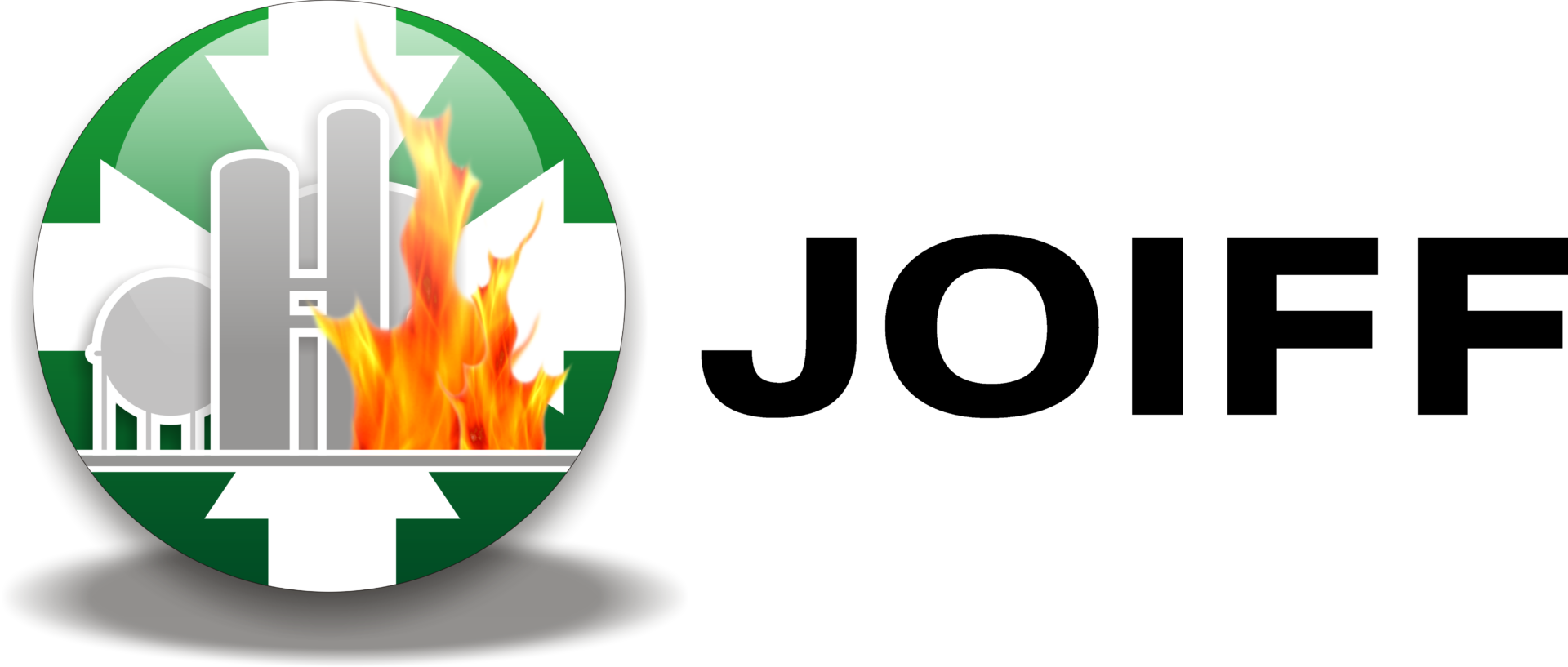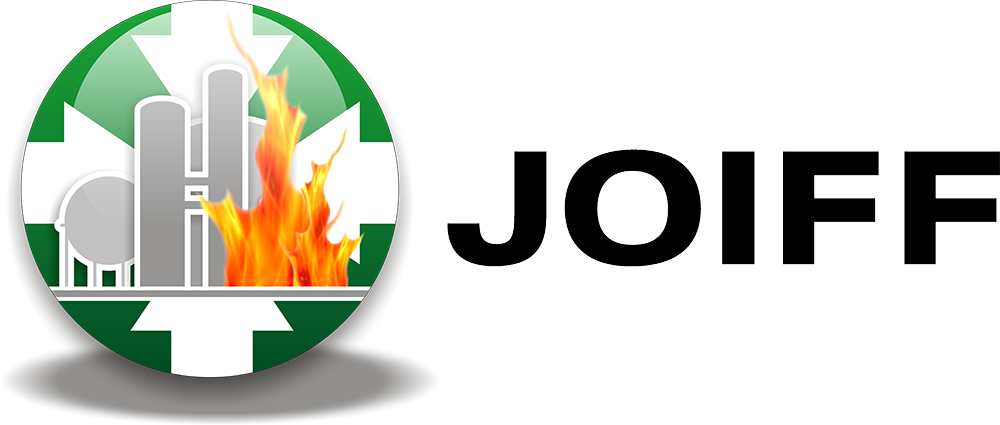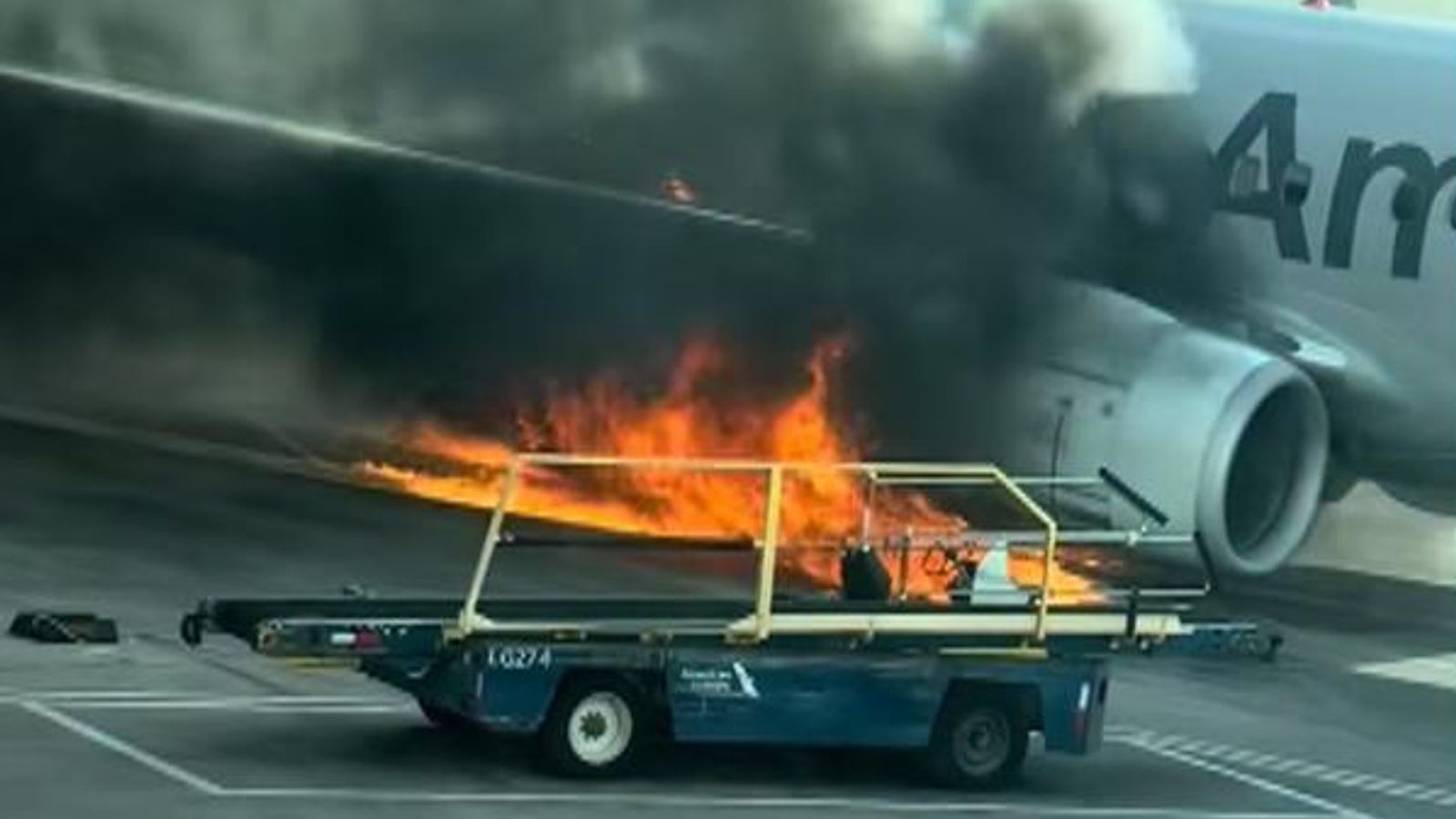USA – Update on Engine Fire on American Airlines Jet in Denver: Fuel Leak and Maintenance Errors
Engine Fire Erupts After Emergency Landing
An American Airlines Boeing 737-800 experienced an engine fire shortly after landing at Denver International Airport on March 13, 2025. The aircraft, operating Flight 1006 from Colorado Springs to Dallas Fort Worth, had diverted to Denver due to high vibrations in its right engine.
After reaching the gate and shutting down both engines, a fire ignited in the right engine. Airport ramp personnel quickly extinguished the flames within one minute—before fire rescue teams arrived.
Smoke Triggers Rapid Evacuation
As the aircraft was parked at the gate, passengers began shouting “fire” and “smoke” as haze filled the cabin. Flight attendants attempted to contact the flight deck but received no response. They proceeded to knock on the cockpit door and initiated an emergency evacuation.
Passengers exited the aircraft using the L1 jet bridge, the R2 slide, and both left-side overwing exits. Twelve passengers sustained minor injuries during the evacuation and were taken to local hospitals for treatment.
Fuel Leak and Installation Errors Identified
A preliminary report released by the National Transportation Safety Board (NTSB) on June 18 indicated multiple mechanical issues in the right engine. Investigators found a fuel fitting on the variable stator vane actuator had been improperly secured and installed in the wrong orientation, leading to a fuel leak. Additionally, another actuator component was incorrectly fastened, and a critical seal drain line had been blocked with sealant.
Airport surveillance footage captured fluid leaking from under the right engine as the aircraft taxied to the gate. Photos from the investigation also revealed dark streaks on the engine exterior, consistent with airborne fuel leakage.
Former NTSB and FAA investigator Jeff Guzzetti reviewed the findings and remarked, “It looks like improper maintenance led to a fuel leak. Those fuel streaks likely formed during flight, with fuel pooling and igniting after landing.”
Evacuation Slide Malfunction Adds to Safety Concerns
Investigators also discovered a malfunction in the L2 evacuation slide, which failed to deploy. The slide remained inside the aircraft with its safety pin still inserted and a torn section of girt fabric. It had become jammed in the door, rendering it inoperable.
The slide has been shipped to its manufacturer for a detailed inspection, and its maintenance history is under review.
Data Recorders Recovered as Multinational Inquiry Continues
Both the flight data recorder and cockpit voice recorder were recovered from the aircraft. The data recorder contained 54 hours of flight information, while the voice recorder held one hour of audio beginning during the climb phase.
The NTSB is leading the investigation with support from the Federal Aviation Administration, Boeing, GE Aerospace, and American Airlines. France’s Bureau d’Enquêtes et d’Analyses (BEA) is participating as the accredited international representative, assisted by Safran Aircraft Engines and the European Union Aviation Safety Agency.
American Airlines released a statement saying, “The safety of our customers and team members is our top priority, and we are cooperating fully with the NTSB.”
The final report is expected in 2026 as the investigation remains ongoing.
Photo credit: just4kicks565/TikTok. All rights reserved.


